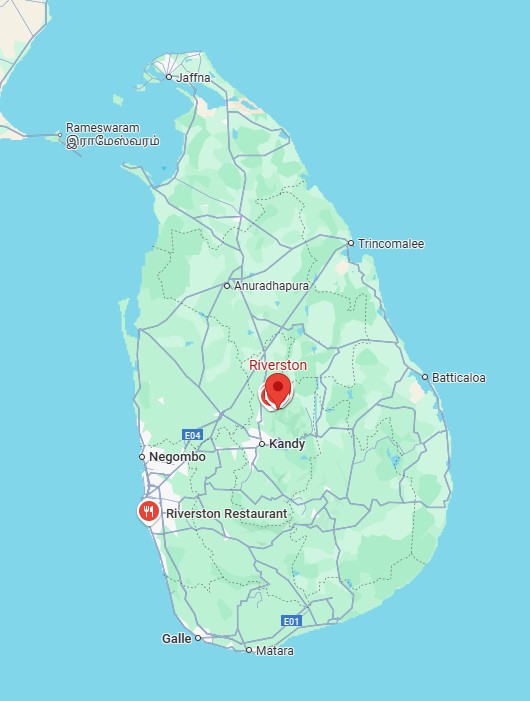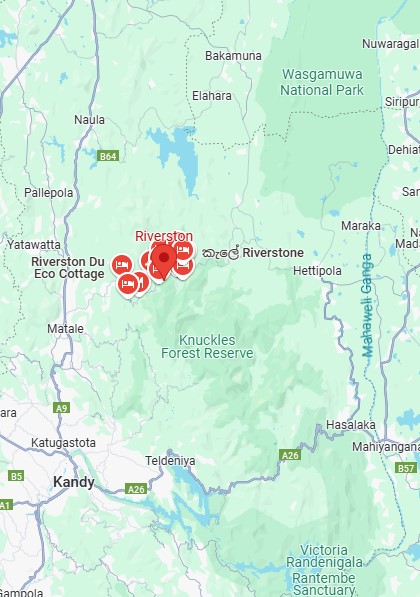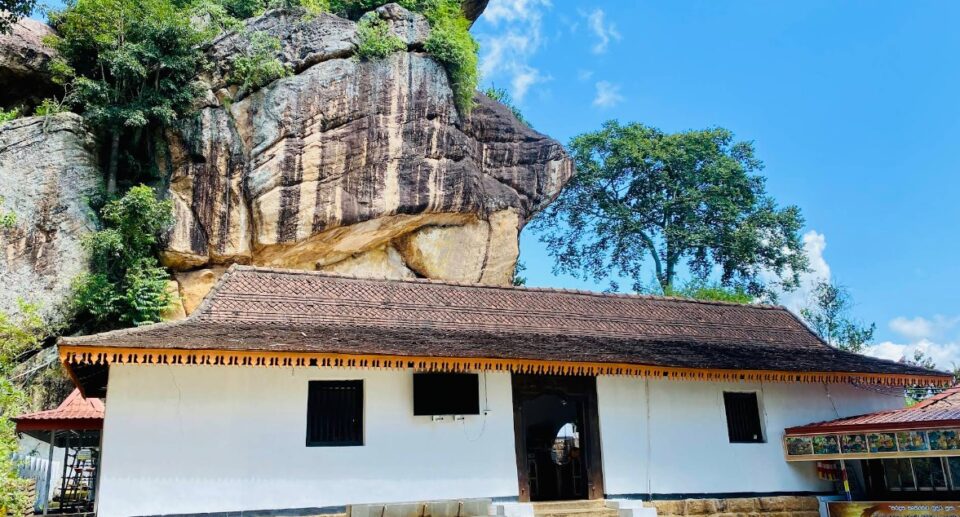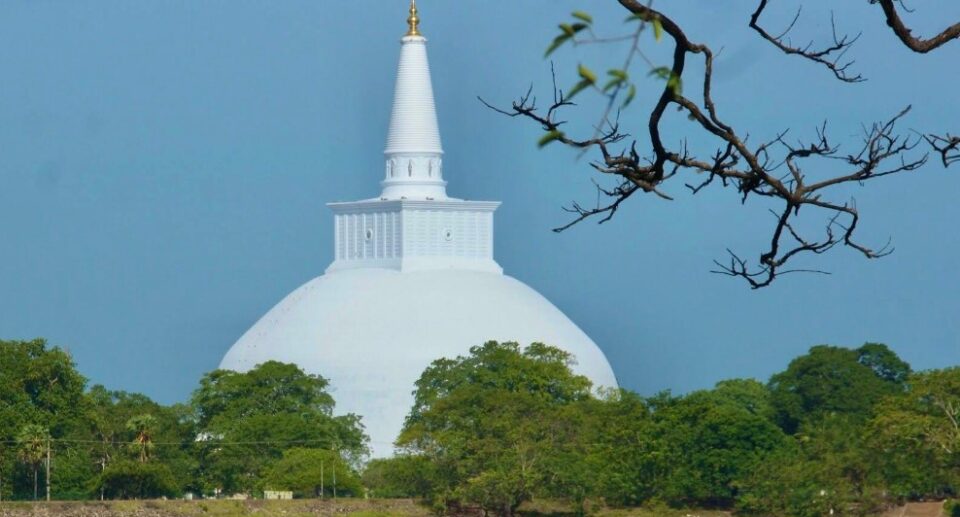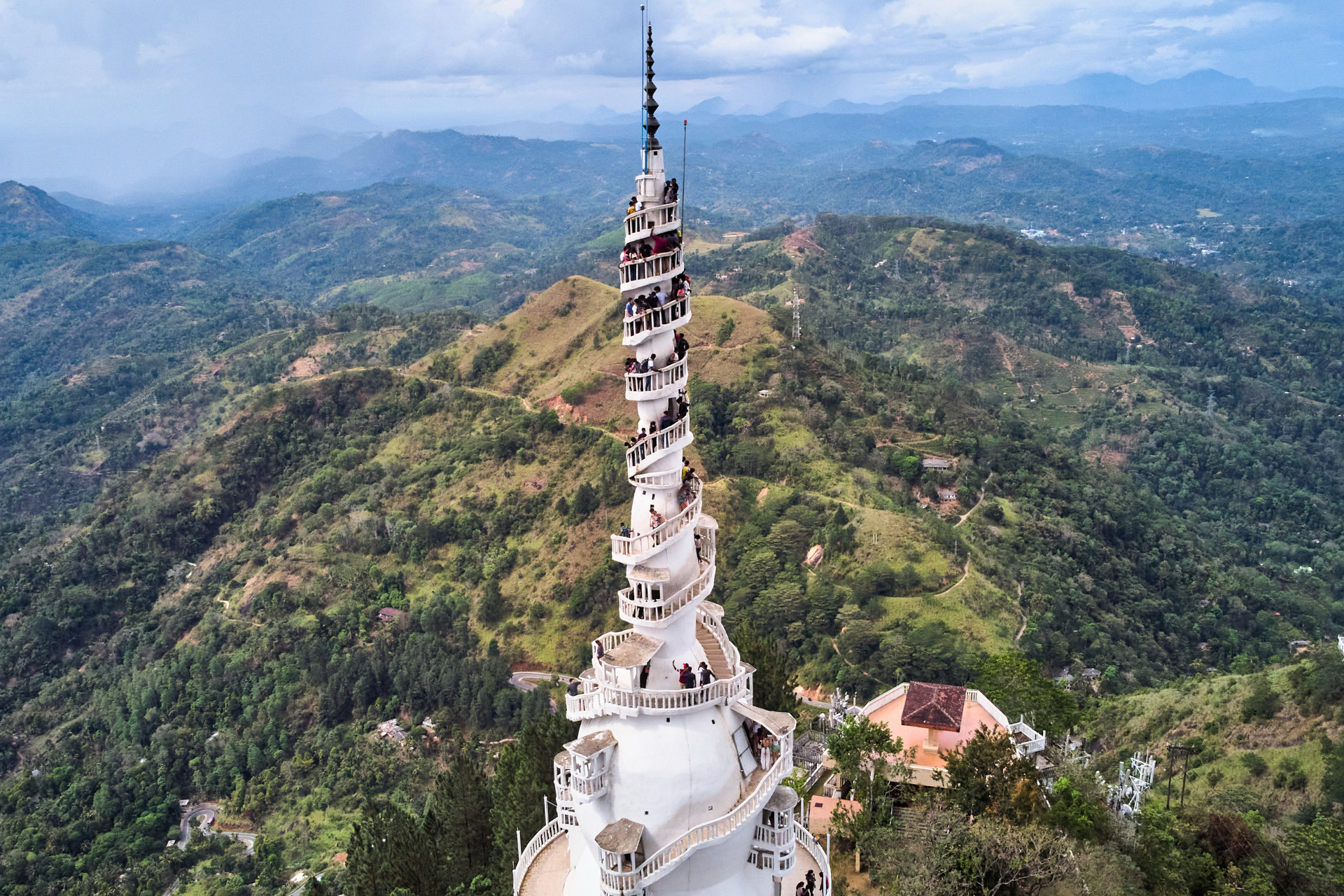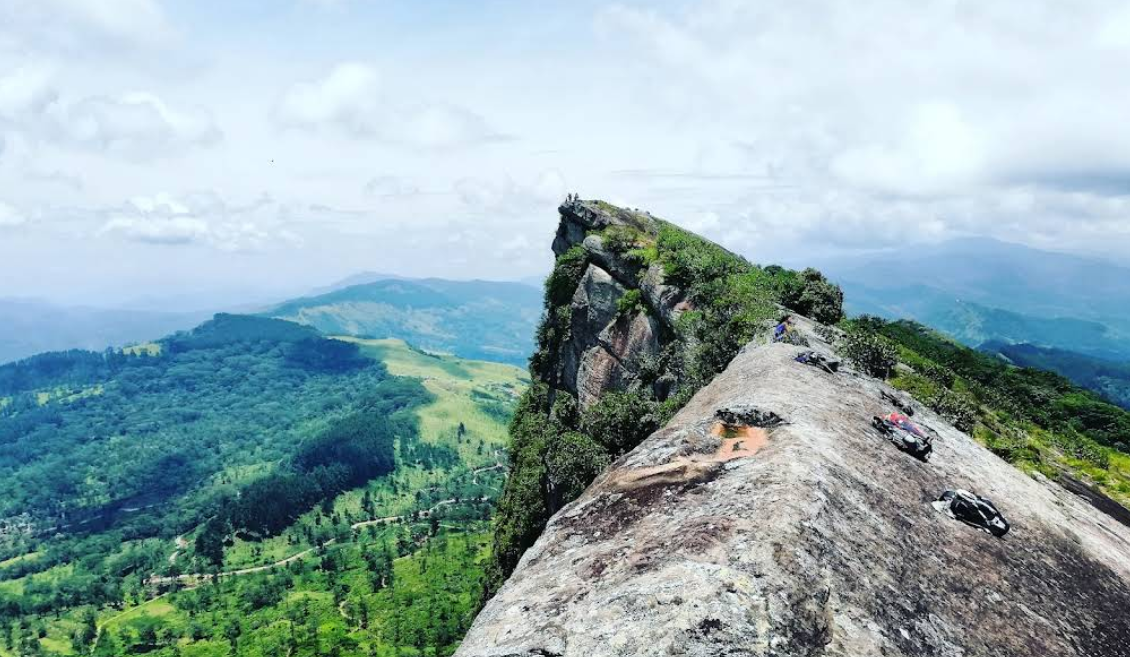Riverston: A Hidden Gem in the Heart of Sri Lanka
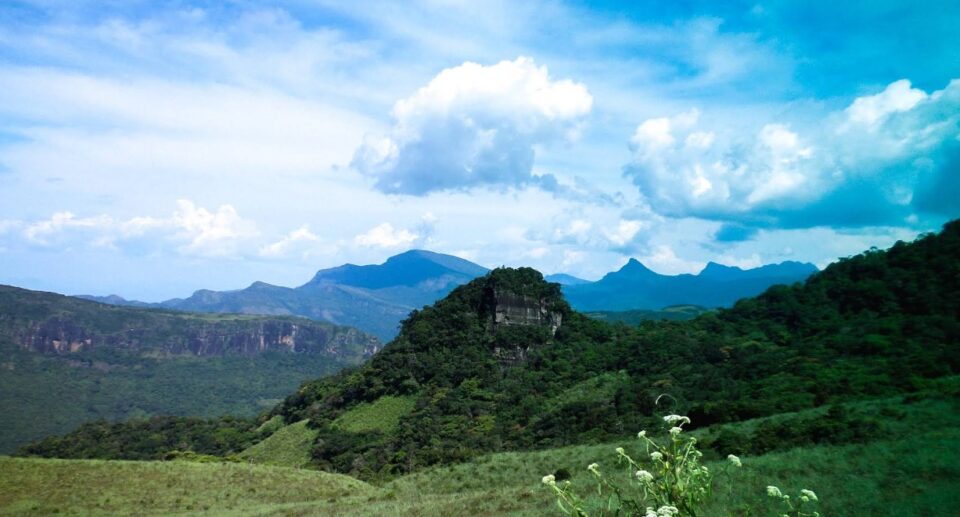
Located in the very middle of Sri Lanka’s highlands, Riverston is an enchanted location offering a perfect blend of nature, diversity, adventure, and serenity. Located in the Matale District, Riverston is a part of the Knuckles Mountain Range, which is a UNESCO World Heritage. While less commercialized compared to the rest of the tourist destinations in the country, Riverston has drawn nature lovers, trekkers, and adventure tourists seeking off-the-beaten-track experiences in recent times. With its foggy mountains, green coverages, waterfalls, and cold weather, Riverston is among Sri Lanka’s most unadulterated eco-tourism destinations.
Geographical Location and Climate
Riverston is about 30 kilometers away from Matale town and about 60 kilometers from Kandy. It is over 1000 meters above sea level, and one of the reasons for its nice and cool weather throughout the year is due to this. The area is situated in the Knuckles Conservation Forest, which contains cloud forests, rare flora and fauna, and magnificent mountain views.
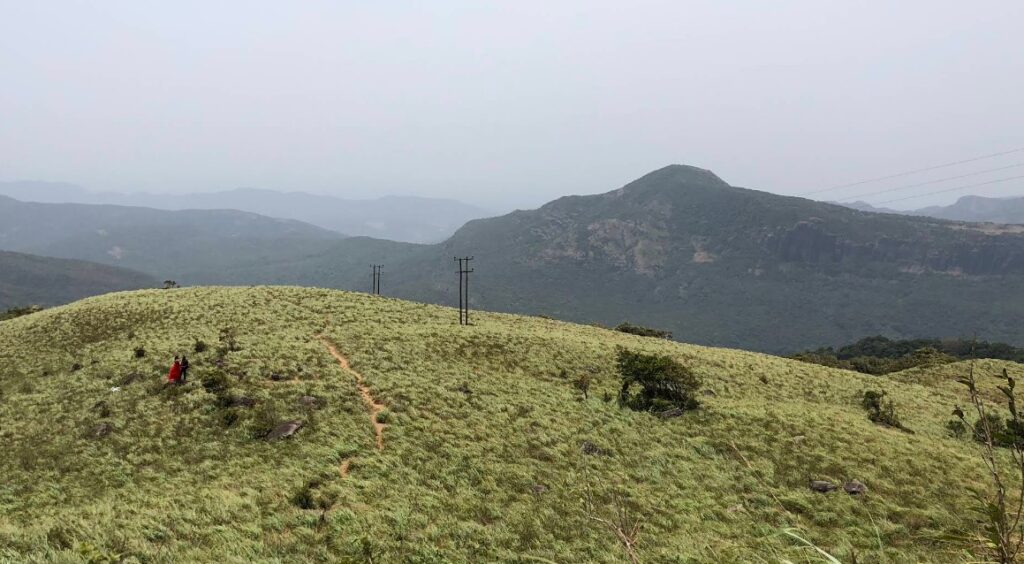
Due to its elevated location, Riverston is often kissed with mist and mild rainfall, especially during monsoon seasons. Weather is predominantly variable, with the landscape often shrouded in a thick blanket of fog, rendering the area mystical and alluring in attraction.
Biodiversity and Environmental Significance
Riverston is part of the series of Knuckles Mountain Range, which is renowned for its environmental value and biodiversity. The region has a diverse combination of endemic plant and animal fauna, many of which are found nowhere else on the planet. The dense forest cover, montane environment, and undisturbed streams make Riverston an essential ecosystem to many and a catchment area of supreme significance.
The Knuckles region, which includes Riverston, is home to diverse ecosystems such as tropical montane rainforests, grasslands, and dry zone forests. The well-known wildlife of the region includes purple-faced langurs, sambar deer, barking deer, wild boars, and a variety of birds, butterflies, and amphibians.

Attractions and Natural Landmarks
Riverston has a variety of natural attractions that attract visitors who visit for leisure as well as adventure. Some of the most popular sites include:
- Riverston Peak (Mini World’s End)
The most used trekking route in the area is to Riverston Peak, from which one gets a breathtaking view of surrounding peaks and valleys. The route is easy to moderate and is recommended for beginners, and it should take between 1.5 and 2 hours to ascend to the peak. The view point, or “Mini World’s End,” offers the thrill of a cliff drop and broad exposure on clear days, but fog typically smothered the view, leaving it an otherworldly experience. - The Riverston Tower Trail
The trail takes the trekker to a communication tower at the summit of a hill. Even if the climb is difficult because of inclines and gusts, the view is well worth it – an unobstructed 360-degree panorama of the green Knuckles range. The walk goes through grasslands and montane forests, making the trek all the more picturesque. - Sera Ella Waterfall
Sera Ella is maybe the most picturesque waterfalls in the district. It is unique with the option of walking behind the cascading water in a small cave at the back of the falls. The falls are accessed through a short trek in jungle and paddy fields, and so it’s a must-see for nature enthusiasts and photographers. - Pitawala Pathana
Pitawala Pathana is an expansive grassland plain with a unique landscape of flat ground and scattered rock boulders. It is also the home of the “Mini World’s End” rock face. The grassland ecosystem of this place is of ecological significance, and the short walk to the view point is popular for its looks and ease of access.
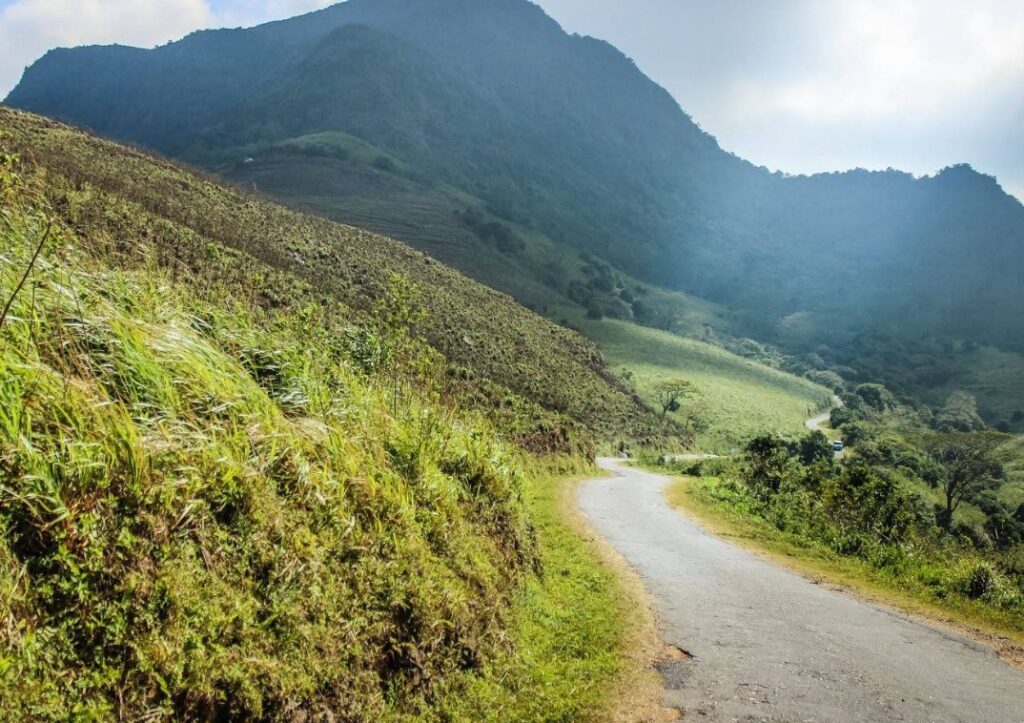
Adventure and Eco-Tourism
Riverston is an ideal destination for adventure sports and eco-tourism. Photo safaris, trekking, bird watching, and waterfall hunting are some of the most demanded activities. Numerous trails in and around the place are a few popular ones and some that remain to be discovered by the more adventurous traveler.
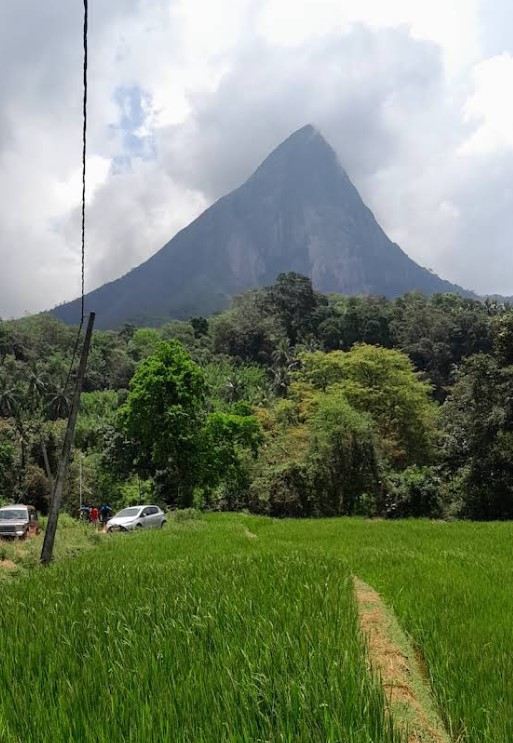
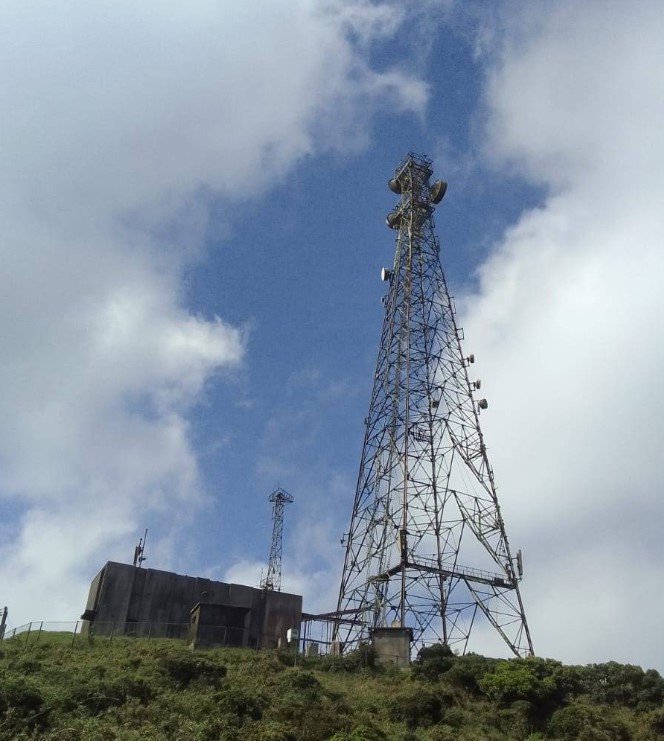
Riverston’s ecotourism exploits the concept of selling sustainable tourism in the context of preserving the area’s cultural and natural heritage. Domestic homestays and local guides expose visitors to activities that include trekking, village visits, and nature-based adventure. Apart from providing economic benefits to local communities, the activities ensure that tourism initiatives are not carried out at the cost of environmental degradation.
Cultural and Community Aspects
Though Riverston is famous for its natural beauty, the surrounding villages give the culture richness to the tour. Locals, predominantly Sinhala, are celebrated for hospitality and simplicity of life. Tourists have opportunities to communicate with the locals, learn about the farming heritage, and enjoy authentic Sri Lankan cuisine.
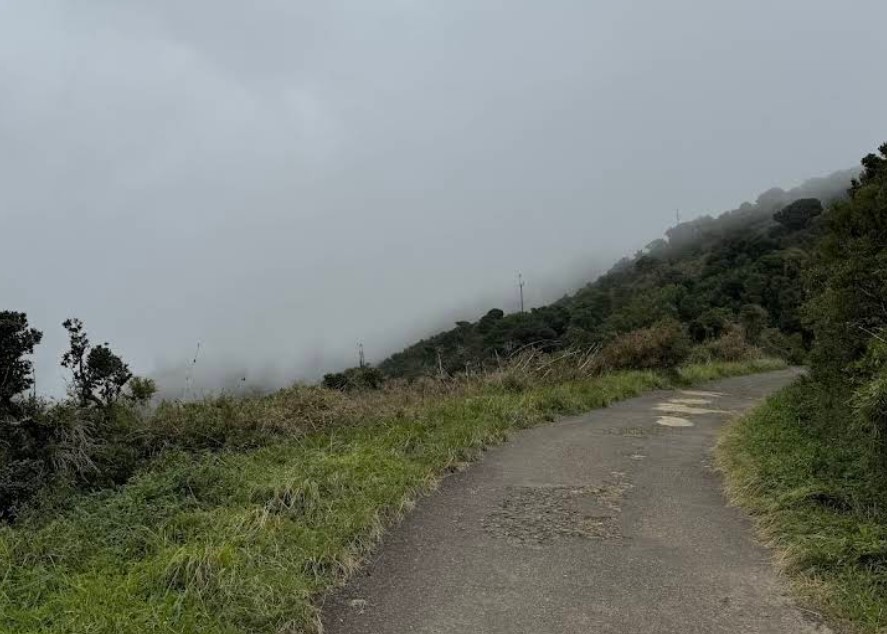
A variety of crops, including vegetables, spices, and paddy, are grown by the farming community in the area. Riverston’s relatively secluded position has facilitated the perpetuation of traditional lifestyles, and community-based tourism is gradually gaining momentum as a means of cultural exchange and sustainable development.
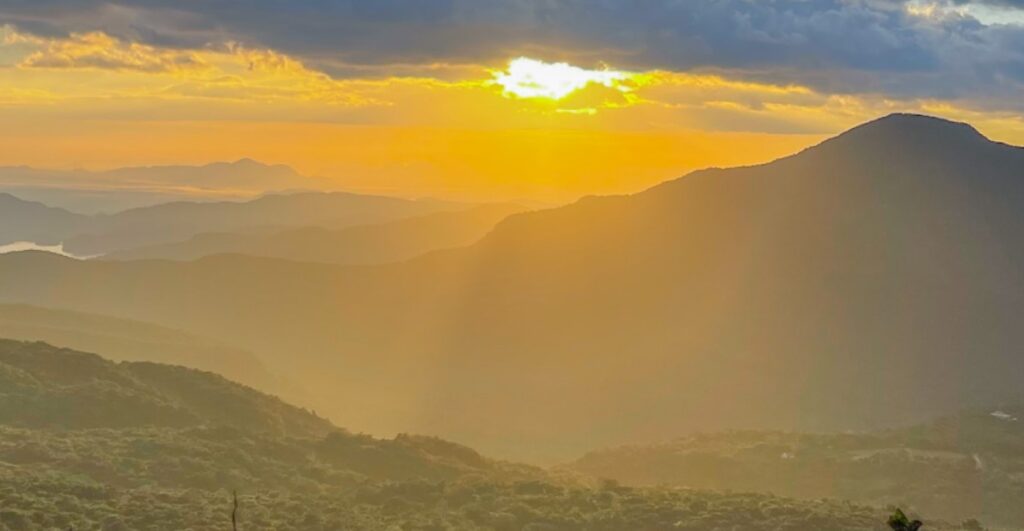
Environmental Challenges
Despite being a protected zone, Riverston is exposed to numerous threats related to the environment. Illegal logging, uncontrolled tourism practice, and land expansion for farming endanger the delicate ecosystems. Climate change has also influenced weather patterns and diversity and can erode the very sensitive equilibrium that enables the existence of flora and fauna in the area.
Efforts of the Sri Lankan Forest Department and other non-governmental organizations aim to conserve the biodiversity of Riverston by conducting environmental campaigns, reforestation, and implementing environmental laws. They promote visitors to adopt eco-friendly measures such as minimizing waste, staying on official trails, and avoiding any activity that interrupts wild animals.
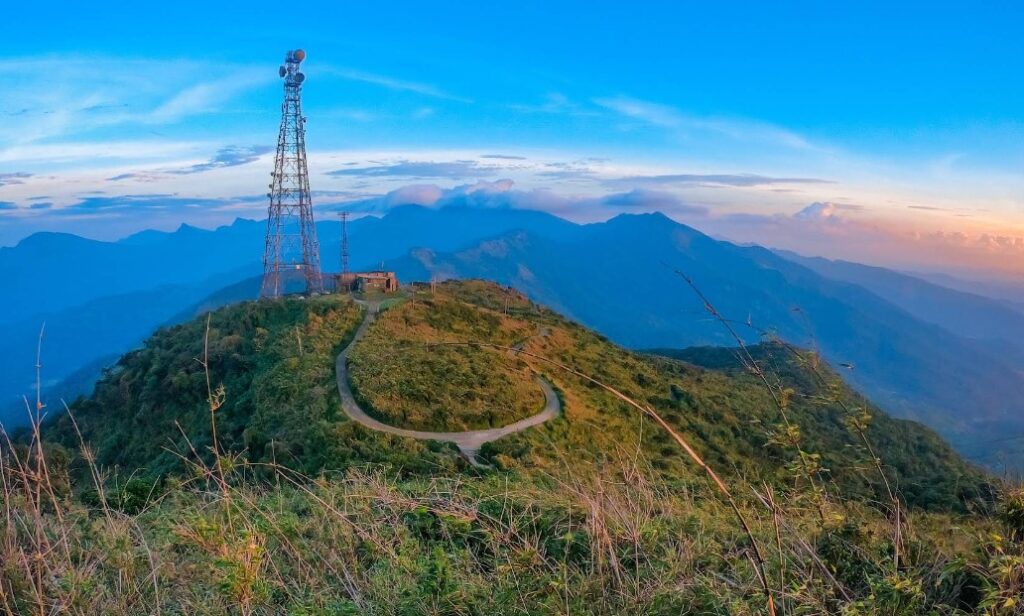
Conclusion
Riverston is an oasis of natural and ecological beauty that brings to fore the real essence of Sri Lanka’s natural and ecological wealth. Far from the crowds on beaches and the city bustle, it offers a serene and engrossing experience for nature enthusiasts. With mist-shrouded summits and hidden waterfalls, rare wildlife and warm local hospitality, Riverston offers something for every visitor.
But with popularity go the imperatives of protecting and preserving this fragile heaven. Successful sustainability of the tourism activity, popular participation, and successful conservation measures are the secrets to the preservation of Riverston for the future generations. As travelers and members of a shared earth, it is our duty to respect and protect places like Riverston—both as tourist spots, but more significantly as living systems and cultural heritage.
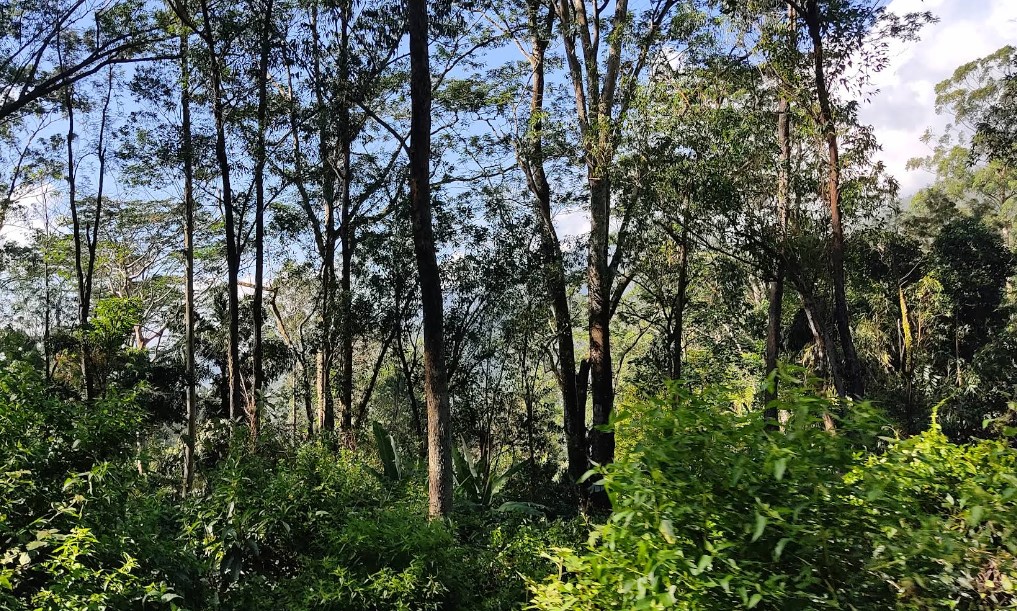
By Private Vehicle
Driving from Colombo to Riverston is the most flexible and convenient option. The journey takes approximately 4 to 5 hours, covering a distance of around 160 kilometers. The route involves taking the Central Expressway to Kurunegala, then proceeding towards Matale. From Matale, follow signs to Rattota and then to Riverston. The final stretch includes a scenic drive through the Knuckles Mountain Range, offering breathtaking views. Note that the road can be narrow and winding, so cautious driving is recommended.
By Train and Taxi
For a more scenic and relaxed journey, consider taking a train from Colombo Fort Railway Station to Matale. The train ride offers picturesque views of Sri Lanka’s countryside and takes about 4 to 5 hours. Upon arrival at Matale Railway Station, you can hire a taxi or tuk-tuk to Riverston, which is approximately 30 kilometers away. This option allows you to enjoy the landscape and avoid the stress of driving.
By Bus and Taxi
Another economical option is to take a bus from Colombo Central Bus Stand to Matale. The bus journey typically takes around 4 to 5 hours. From Matale, you can hire a taxi or tuk-tuk to Riverston. This method is cost-effective but may be less comfortable compared to train or private vehicle options.
By Tuk-Tuk Rental
For the adventurous traveler, renting a tuk-tuk offers a unique and flexible way to explore Sri Lanka. You can rent a tuk-tuk in Matale and drive to Riverston at your own pace. This option provides the freedom to stop and enjoy the surroundings, but it’s essential to be comfortable with driving in Sri Lanka and to ensure you have the necessary permits.
Hiking to Riverston
If you’re up for an adventure, you can hike to Riverston from the nearest town, Rattota. The trail is approximately 2 kilometers long and takes you through lush forests with occasional mist and wildlife sightings. The hike is moderate in difficulty, and it’s advisable to start early in the morning to avoid the afternoon mist. Ensure you’re prepared with appropriate footwear, water, and rain gear.
